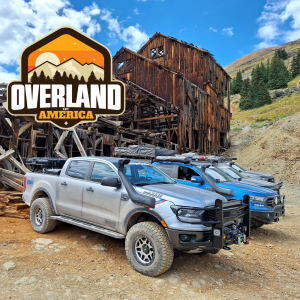- Joined
- Apr 13, 2009
- Messages
- 15,258
- Vehicle Year
- '06, '11
- Engine
- 3.0 V6
- Transmission
- Automatic
I don't own a flow meter. My set uses a regular gauge. But I was using a buddies set with gauges and I was having a bad time, laying rotten beads that had all kinds of inclusions. I was blaming everything from bad cleanup of the metal to wind from an open door across the shop. I finally figured out the gauges needed to be turned up to double what they should have been. With a flowmeter I would have been able to glance over and see right away what the problem was.














